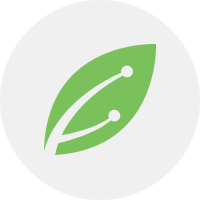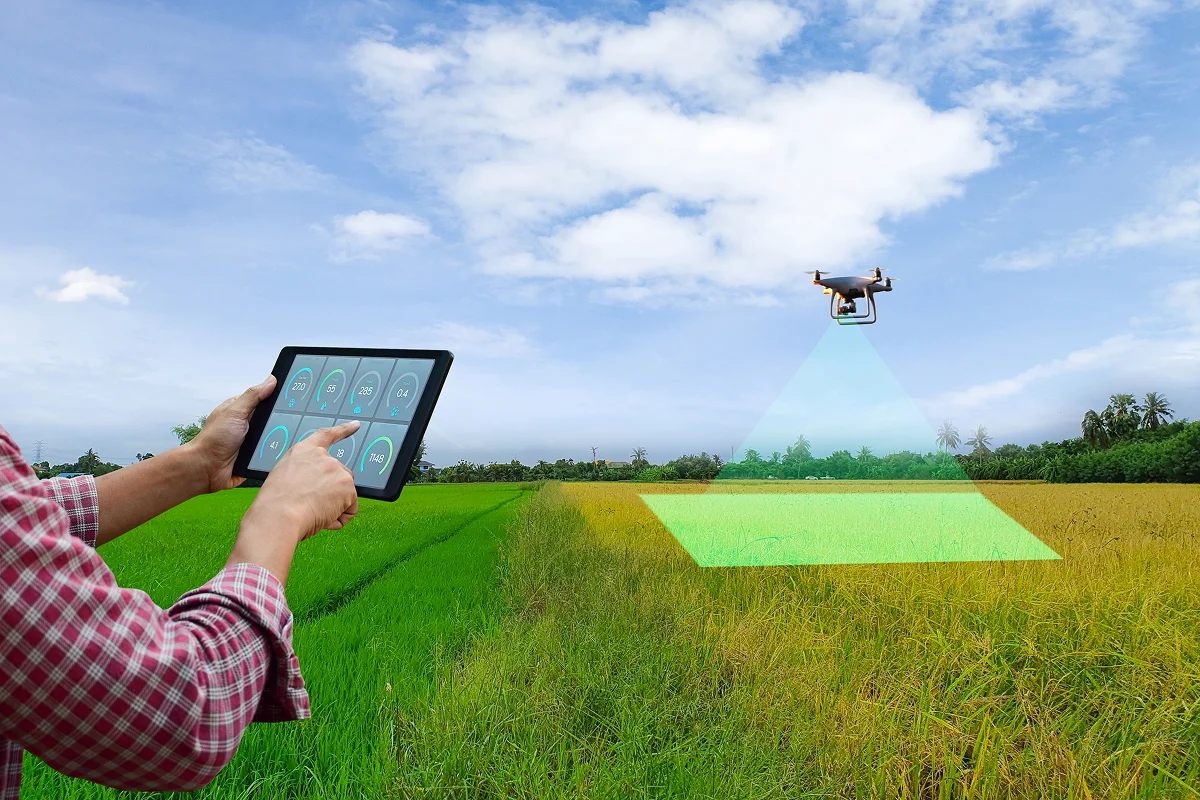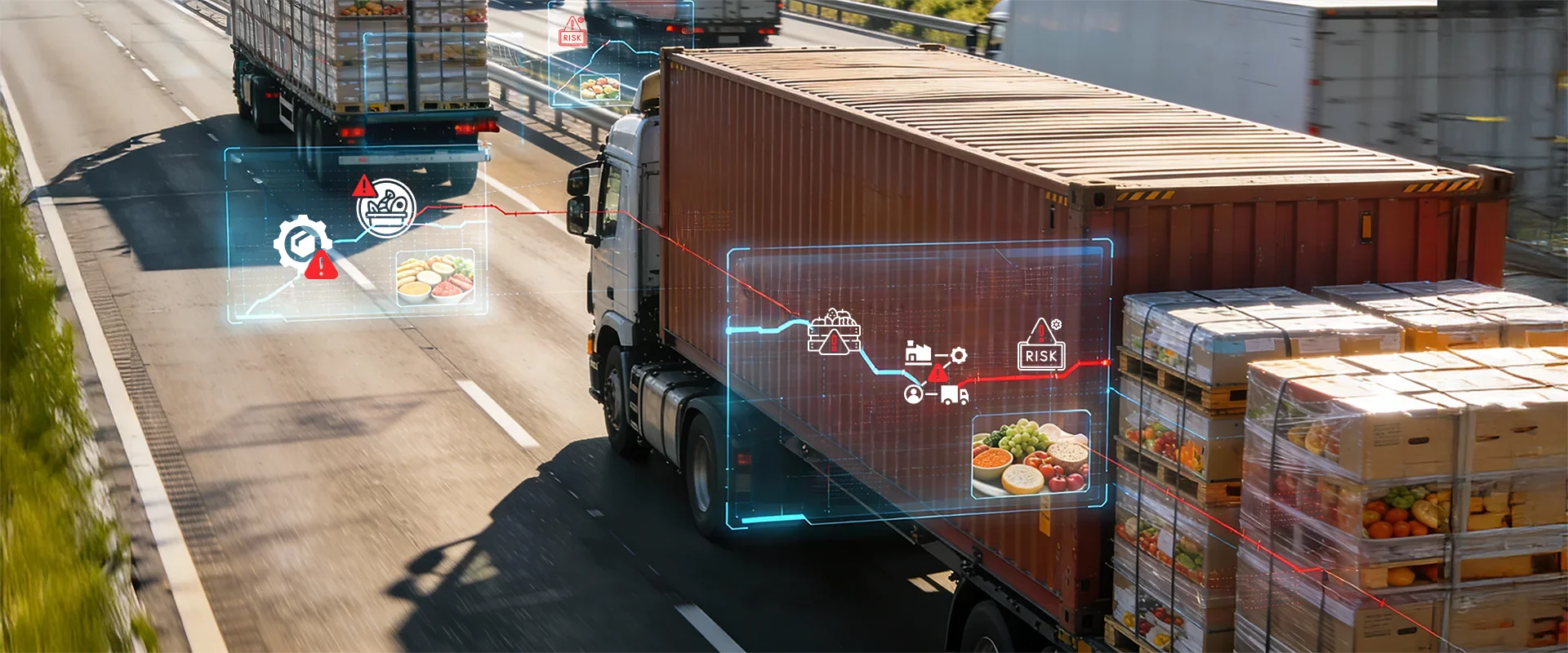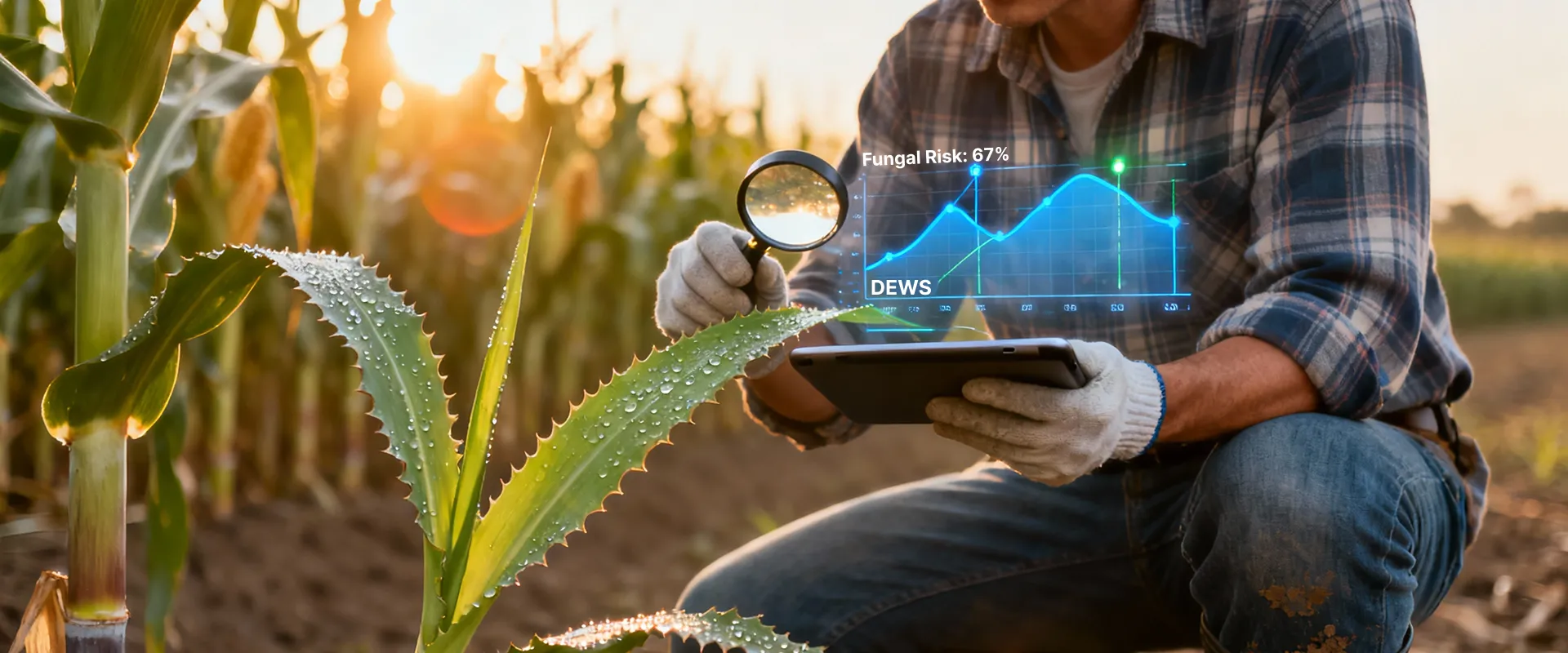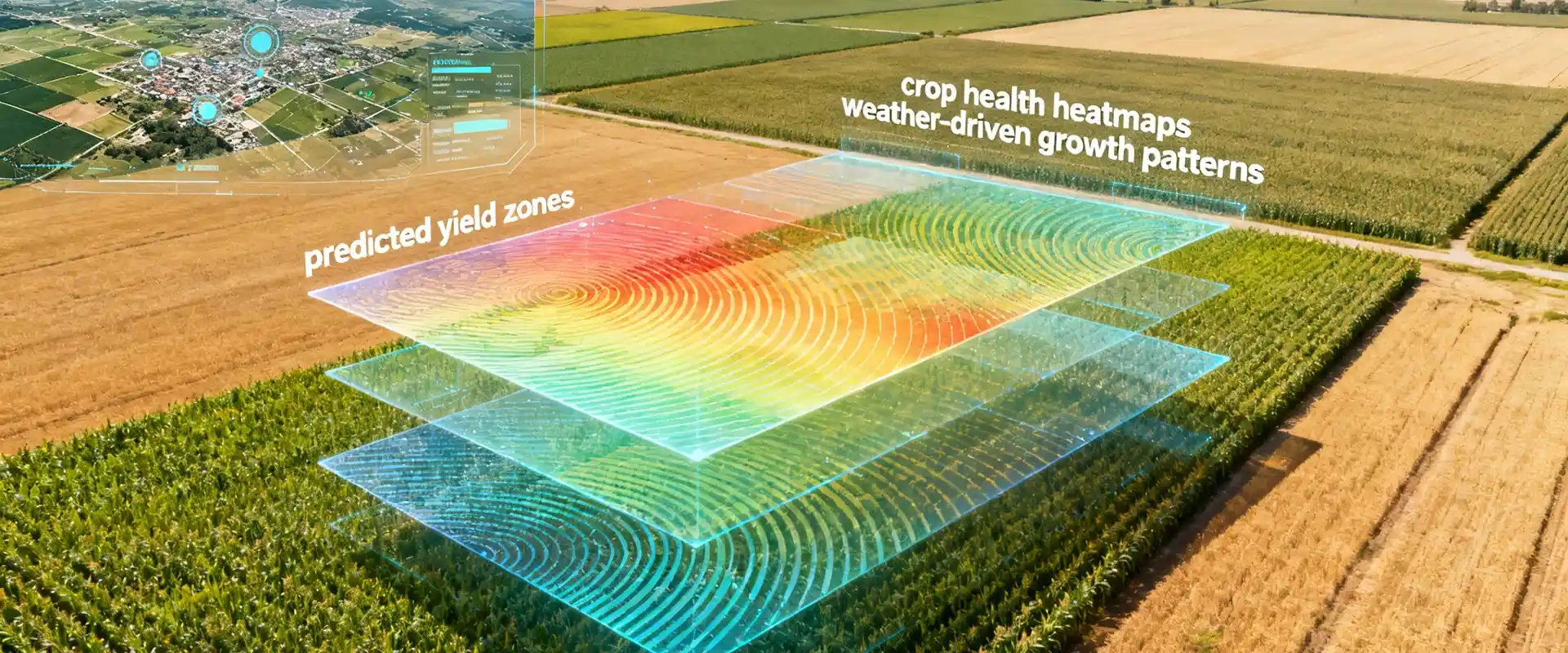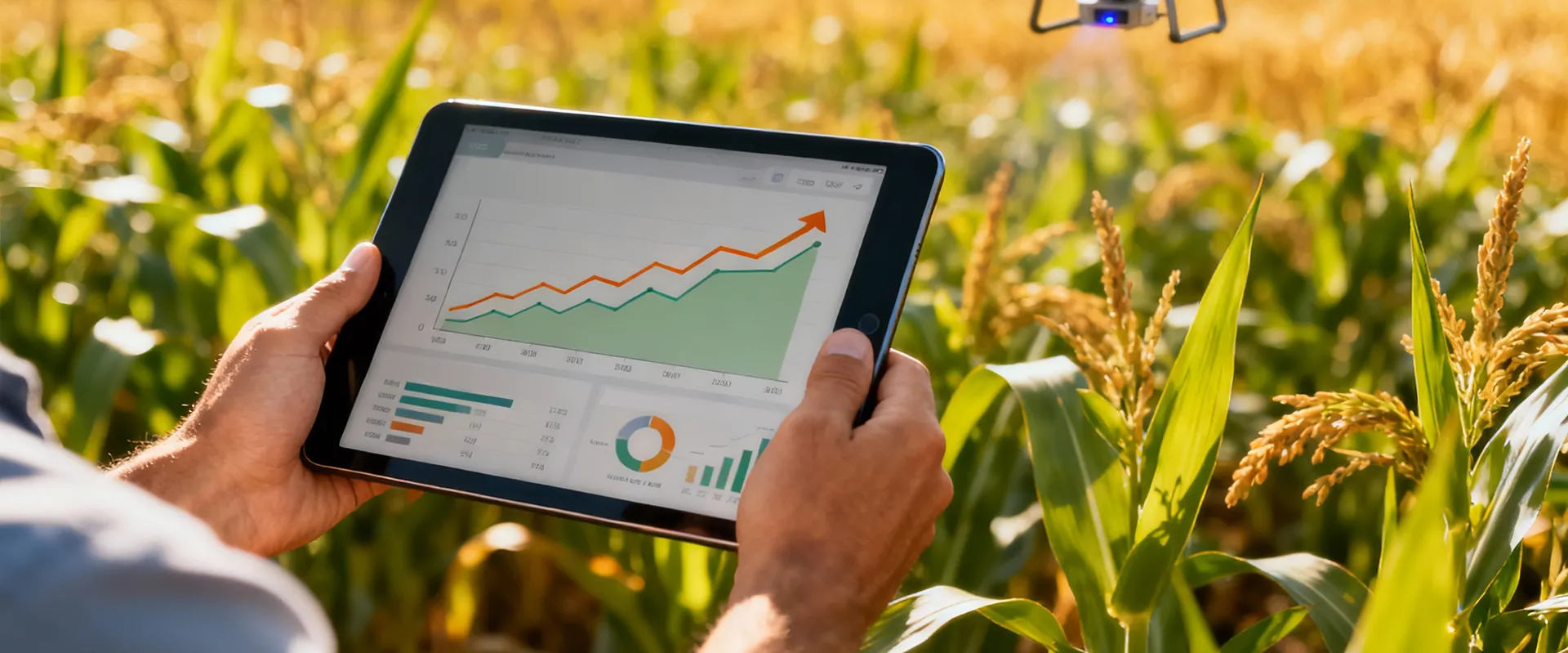In this blog post, you will get a closer look at what exactly NDVI is and the ample scope for its applications in precision agriculture.
What is NDVI or normalized difference vegetation index?
In other words, it aids in detecting and quantifying the presence of live green vegetation based on how objects interact with light. To understand the plant’s health condition, one needs to compare the absorption and reflection values of red and NIR (near-infrared) light. Here is where NDVI comes into the picture.
How is NDVI calculated?
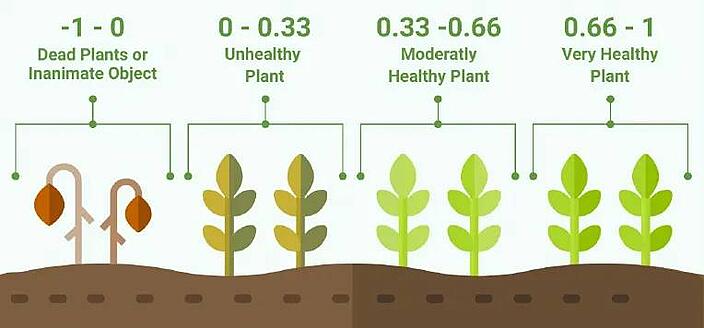
A brief history of NDVI
Applications of NDVI
NDVI in agriculture
NDVI in forestry
NDVI for environmental monitoring
5 Top practical applications of NDVI in agriculture
NDVI aids in tracking crop health
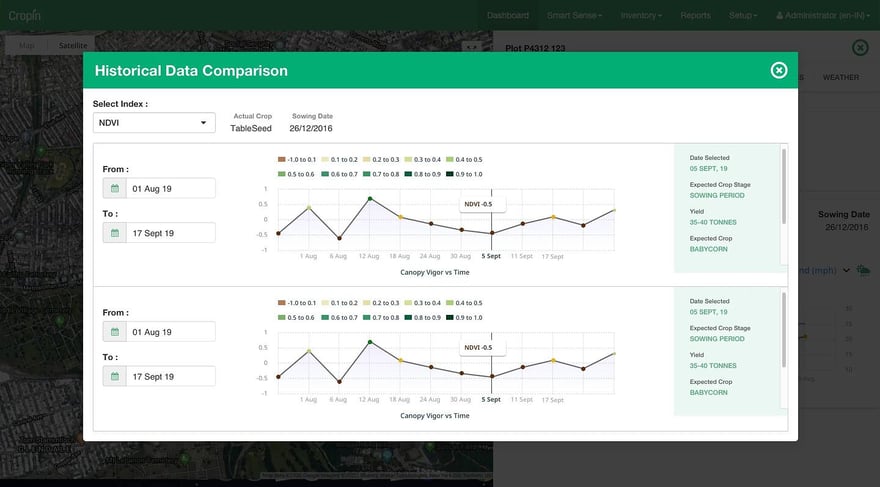
NDVI helps agronomists develop variable prescription maps
Consequently, farmers and farming companies need not spend extra anymore. With data-backed advisories from agronomists, they can spray and seed only as needed to save time, money, and resources significantly.
NDVI helps scout fields faster
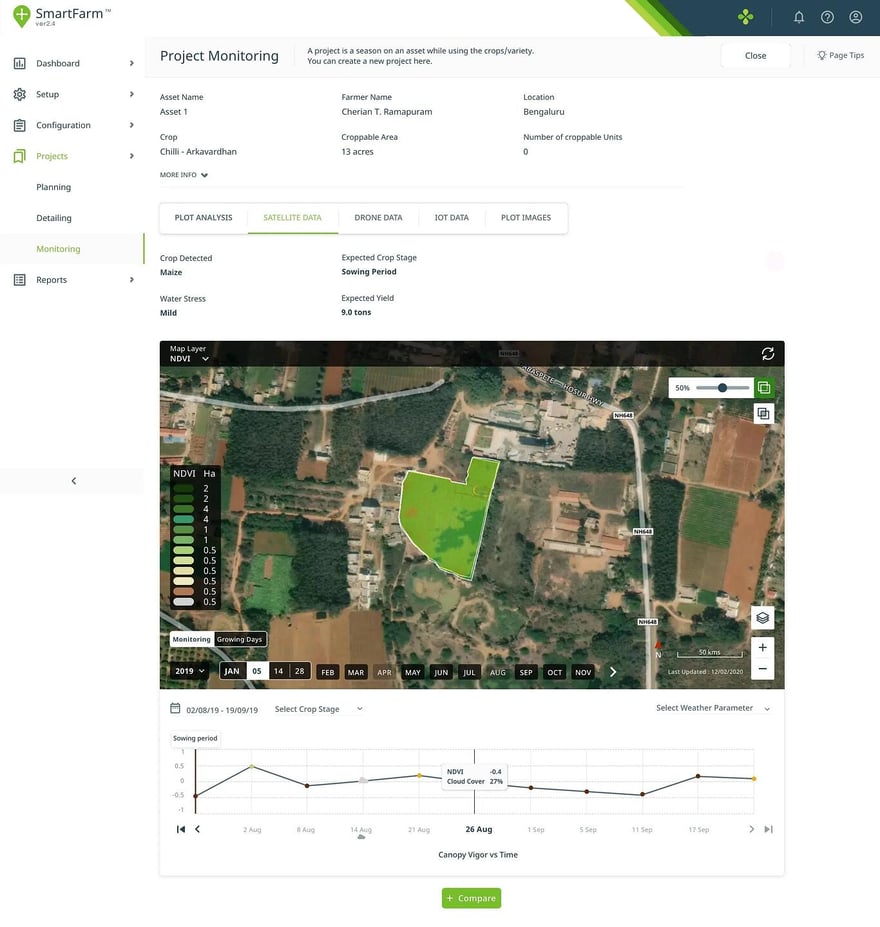
NDVI helps identify crop problems sooner
NDVI also helps agronomists identify stressed crops up to 2 weeks before the naked eye can see. Since crop stress is more apparent in the near-infrared light spectrum than in the visible one, it can aid growers to eliminate pests, diseases, fungi, and arid conditions sooner. In addition, consistently low NDVI values at the same place every crop cycle could indicate problems with drainage, soil pH, or even soil compaction.
Therefore, NDVI is now an indispensable part of precision farming that plays a direct role in maintaining crop health and yield. Cropin, a pioneering agri-tech SaaS-based solution provider, acknowledges this aspect and has developed smart farming solutions that embrace and leverage the benefits of this versatile vegetation index.
NDVI helps indicate drought situations
NASA made a case for using NDVI as an indicator of drought. NASA writes on its website, “more a plant is photosynthesizing, the more it is being productive”. Conversely, the less sunlight the plant absorbs, it isn’t productive.” This gives us NDVI values over a period of time. When averaged, the NDVI values give a region’s absorption/reflection capacity. Thus, NDVI indicates the health of the vegetation in that area, compared to the average.
NDVI – Not new, but never obsolete!
